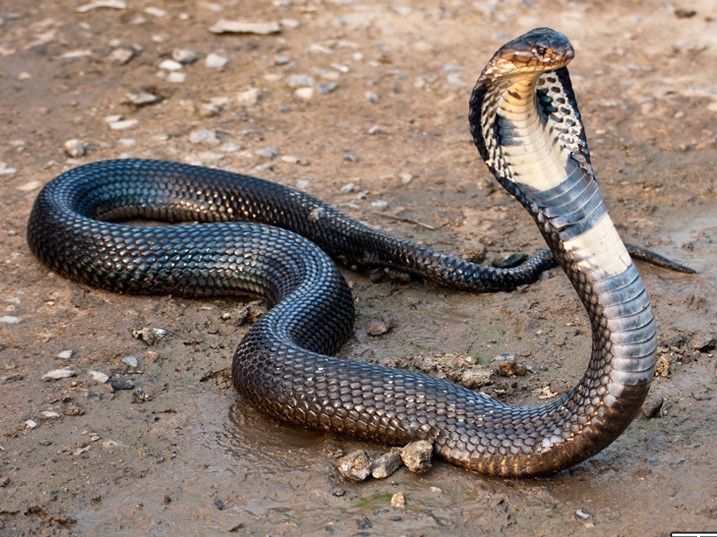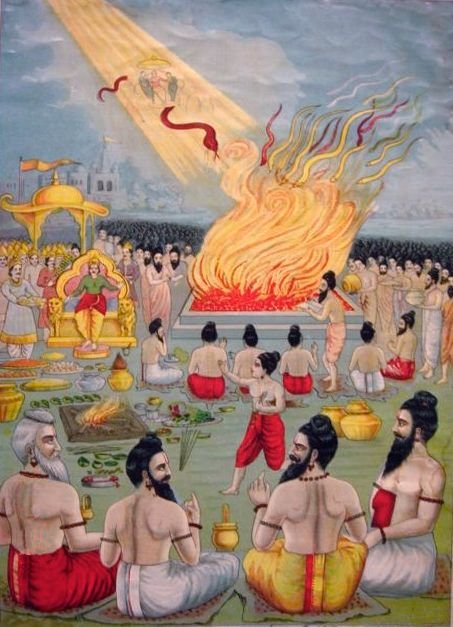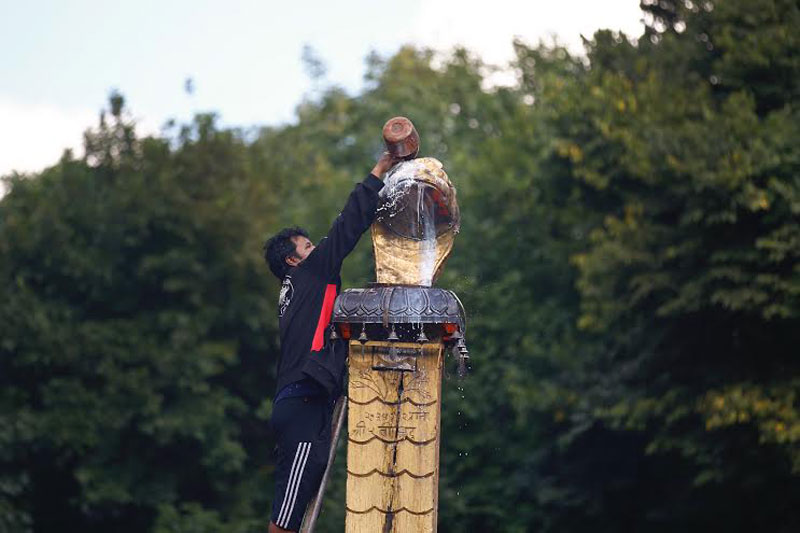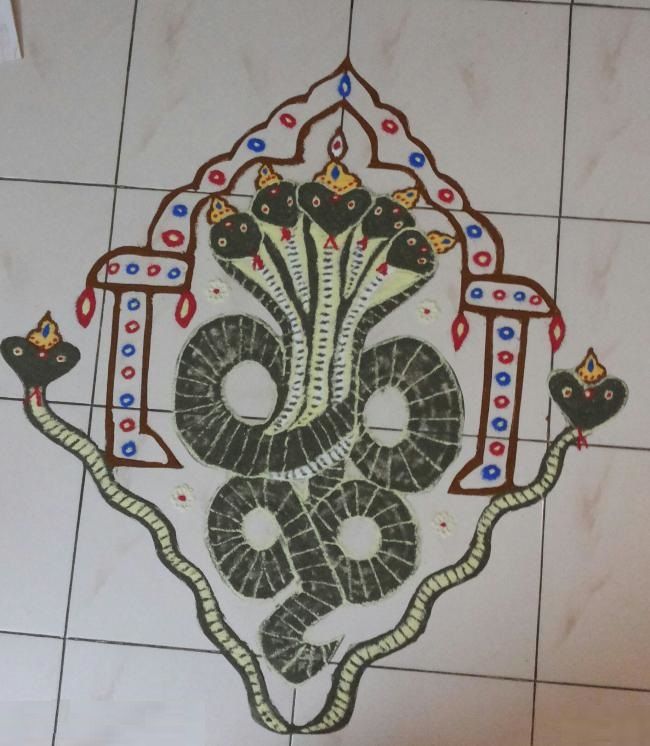Naag Panchami : A festival of serpents
There is a festival of serpents that is celebrated particularly in South Asia.

Naag panchami is a traditional worship of snakes and serpents observed by Hindus throughout south Asia on the fifth day of bright half of Lunar month of Shravan (July/August) according to the Hindu calendar.
In the Mahabharata epic, Janamejeya, the son of King Parikshit of Kuru dynasty was performing a snake sacrifice known as Sarpa Satra, to avenge for the death of his father from a snake bite by the snake king called Taksaka. A sacrificial fireplace had been specially erected and the fire sacrifice to kill all snakes in the world was started by a galaxy of learned Brahmin sages. The sacrifice performed in the presence of Janamejaya was so powerful that it was causing all snakes to fall into the Yagna kunda (sacrificial fire pit). When the priests found that only Takshaka who had bitten and killed Parisksihit had escaped to the nether world of Indra seeking his protection, the sages increased the tempo of reciting the mantras (spells) to drag Takshaka and also Indra to the sacrificial fire. Takshaka had coiled himself around Indra’s cot but the force of the sacrificial yagna was so powerful that even Indra along with Takshaka were dragged towards the fire. This scared the gods who then appealed to Manasadevi to intervene and resolve the crisis. She then requested her son Astika to go to the site of the yagna and appeal to Janamejaya to stop the Sarpa Satra yagna. Astika impressed Janamejaya with his knowledge of all the Sastras (scriptures) who granted him to seek a boon. It was then that Astika requested Janamejeya to stop the Sarpa Satra. Since the king was never known to refuse a boon given to a Brahmin, he relented, in spite of protects by the rishis performing the yagna. The yagna was then stopped and thus the life of Indra and Takshaka and his other serpent race were spared. This day, according to the Hindu calendar, happened to be Nadivardhini Panchami (fifth day of bright fortnight of the lunar month of Shravan during the monsoon season) and since then the day is a festival day of the Nagas as their life was spared on this day. Indra also went to Manasadevi and worshipped her.

On this day, images of Nag deities made of silver, stone, wood, or paintings on the wall are first bathed with water and milk and then worshipped with the reciting of mantra:
Naga preeta bhavanti shantimapnoti via viboh
Sashanti lok ma sadhya modate shashttih samh.
Its English translation is
Let all be blessed by the snake goddess, let everyone obtain peace
Let all live peacefully without any turbulence.


Feast is also observed and Brahmin (a Varna in Hinduism) are fed to consider a sure protection against the fear of snakebite. Real snake are also worshipped at some areas and fairs are also held. The digging of the earth, on this day, is considered as taboo as snakes reside inside the earth.
There are various ways of celebrating Naag Panchami in various communities and countries.
A lotus flower is placed in a silver bowl and in front of it, a rangoli (colored design pattern) of snake is created on the floor with a brush made of wood or clay or silver or gold with sandalwood or turmeric paste as the paint. The design pattern resembles a five hooded snake and devotees then offer worship to the image.

In villages, the anthills where the snakes are thought to reside, are searched. Incense is offered to the anthill as prayer along with milk (a myth of folk lore to feed milk to the snakes) to ensnare snakes to come out of the anthill. After this, milk is poured into the hole in the anthill as a libation to the snake god.
The doorways and walls outside the house are painted with pictures of snakes, auspicious mantras (spells) are also written on them. It is believed that such depictions will ward off poisonous snakes.

On this day, women with brothers worship snakes and its holes, and offer prayers to propitiate nagas so that their brothers are protected and do not suffer or die due to snake bite.
Apart from the scriptural mention about snakes and the festival, there are also many folk tales. One such tale is of a farmer living in a village. He had two sons and one of whom killed three snakes during ploughing operations. The mother of the snake took revenge on the same night by biting the farmer, his wife and two children and they all died. Next day the farmer’s only surviving daughter, distraught and grieved by the death of her parents and brothers, pleaded before the mother snake with an offering of a bowl of milk and requested for forgiveness and to restore the life of her parents and brothers. Pleased with this offering the snake pardoned them and restored the farmer and his family to life.
This festival is celebrated every year with great joy and pleasure by majority of the people and helps to reflect the norms and value of their tradition to the majority of the people.